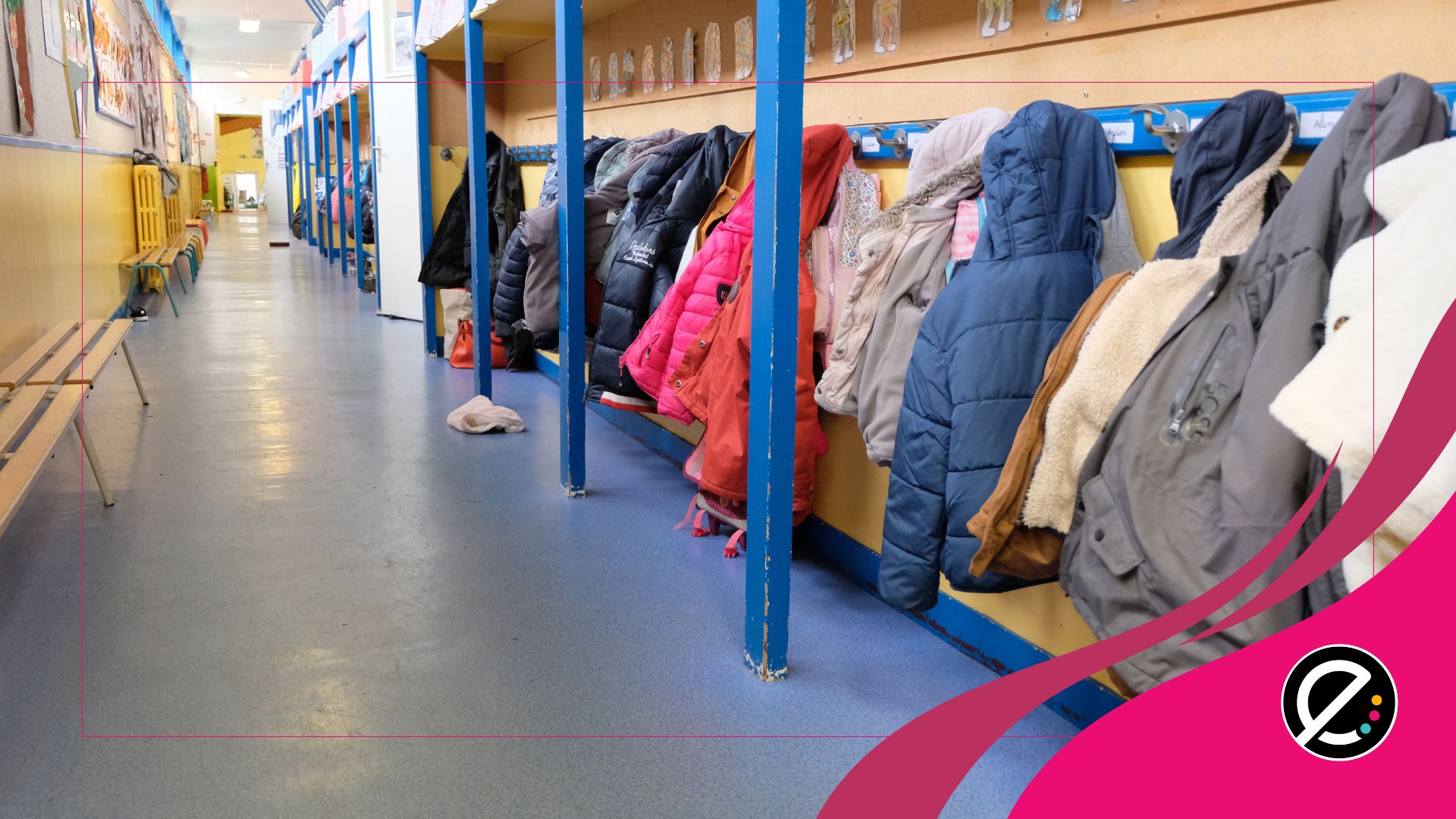Et si on cherchait à mieux comprendre ce qui « manque » dans l’enseignement à distance pour tenter de le recréer? Un groupe d’étudiants de l’Université York, à Toronto, a pris le temps de réfléchir à ce qui distingue les cours en classe de l’apprentissage en ligne. Ils ont relevé sept éléments des cours en présence qui leur manquent le plus. Nous vous les présentons avec quelques pistes de solution.
Ces étudiants sont aux études supérieures. Par contre, les 7 éléments qu’ils ont identifiés se retrouvent facilement dans la réalité d’élèves plus jeunes. Nous vous présentons un résumé, accompagné de quelques pistes de solution. Certaines pistes peuvent convenir à plusieurs éléments.
La version intégrale est disponible sur le site Affaires Universitaires.
1. Sentiment d’appartenance et relations amicales
Les étudiants ont relevé que « la présence en classe crée un sentiment d’appartenance à une communauté que l’apprentissage en ligne ne permet pas facilement ». Par exemple, ils ont nommé que « la plupart des étudiants conversent rarement ensemble pendant et après leurs cours à distance » et que « les cours en ligne limitent la possibilité pour les étudiants de bénéficier du soutien de leurs pairs ».
Pistes de solution :
– Faire travailler les jeunes en sous-groupes;
– Prévoir des salles virtuelles de rencontre pour des discussions informelles en dehors des heures de classe.
2. Signes sociaux
Selon les étudiants (et ils ont raison!), il est plus difficile de percevoir les signes non-verbaux à travers l’écran. Ainsi, certains signaux peuvent passer « inaperçus dans le cadre des cours à distance, engendrant une mauvaise perception des gens et des situations ». De plus, les étudiants ont relevé avoir du mal à « développer un sentiment de confiance et de familiarité » envers leurs camarades.
Pistes de solution :
– Interpeller personnellement certains apprenants pour savoir comment ils vont (en privé ou en grand groupe, selon la dynamique);
– Inciter les jeunes à écrire dans le clavardage pendant certaines périodes;
– Penser à des activités brise-glace en sous-groupes, comme le font certaines entreprises;
– Privilégier les activités où ils sont en action (quiz, discussion, etc.).
3. Motivation
Deux éléments manquent plus particulièrement aux apprenants pour les aider à maintenir leur motivation :
– Avoir la possibilité d’étudier à la bibliothèque ou dans des espaces communs alors qu’ils sont entourés d’autres personnes qui étudient aussi;
– Rester après le cours pour discuter avec leurs enseignants.
Le fait de voir ses pairs étudier permet à chacun de voir qu’il n’est pas seul à peiner et le pousse à faire de son mieux.
Le fait d’établir une bonne relation avec un professeur me pousse à poser davantage de questions, à chercher davantage de réponses.
Pistes de solution :
– Permettre aux élèves de travailler en équipe et même privilégier les travaux collaboratifs;
– Penser à des salles virtuelles thématiques, offrant des contextes de travail ou d’étude spéciaux (ex. : avec musique douce, plus rythmée, avec possibilité de discuter, en silence total…);
– Offrir aux élèves de rester après le cours pour discuter;
– Offrir des plages-horaires de disponibilité à divers moments dans la semaine;
– Prévoir des rencontres individuelles avec les élèves.
4. Concentration
Certains étudiants rapportent avoir du mal à se concentrer pendant les cours et même s’abstiennent de poser des questions. De plus, les cours en ligne sont propices aux distractions de tout genre : notifications d’autres applications, bruits environnants ou toute autre source de distraction au sein du foyer ou du voisinage.
Pistes de solution :
- Prévoir des rencontres individuelles avec les élèves pour valider le moral de chacun et s’assurer que leurs interrogations sont répondues;
- Ne pas hésiter à consulter les parents en cas de doute sur une situation;
- Favoriser le travail d’équipe puisque les élèves auront tendance à poser leurs questions à leurs pairs en petits groupes. Ils s’entraideront.
- Conseiller aux élèves de mettre leur appareil électronique en mode « ne pas déranger » pendant 30-60 minutes lorsqu’ils veulent faire un blitz d’études sans distraction;
- Lorsque l’environnement familial est bruyant, les élèves peuvent mettre des écouteurs avec une musique instrumentale pour se créer une bulle de concentration.
5. Confidentialité
Pour beaucoup d’étudiants, le fait d’étudier à la maison « met à mal leur confidentialité ». D’un côté, leurs enseignants et leurs camarades peuvent voir leur domicile en arrière-plan. De l’autre, ils se sentent moins à l’aise pour discuter de certains sujets avec leurs enseignants par crainte que des membres de leur famille ou des colocataires entendent la conversation.
Pistes de solution :
– Encourager les élèves à utiliser les arrière-plans des logiciels de vidéoconférence (lorsque la connexion le permet) et à fermer leur micro lorsqu’ils ne parlent pas;
– Laisser les élèves fermer leur caméra lorsque vous percevez qu’une situation familiale pourrait être gênante pour eux à l’écran;
– Offrir aux élèves la possibilité d’échanger par clavardage, puisque ce mode de communication favorise la discrétion dans les échanges.
6. Routine et discipline
Personne ne veut l’admettre, mais tout le monde a besoin d’une routine. Sans véritable routine imposée, les étudiants avouent perdre de la motivation et verser dans la procrastination. De plus, les frontières entre la maison et l’école n’existent plus et certains étudiants sont littéralement enfermés dans leur chambre toute la journée.
L’absence d’horaires imposés, de rappels par les professeurs et d’échanges réguliers en classe avec leurs camarades conduit presque à coup sûr les étudiants à prendre du retard.
Pistes de solution :
– Fournir un horaire type aux élèves et s’y tenir (les encourager à faire de même dans les moments non-scolaires);
– Guider les élèves qui en ont le plus besoin dans l’organisation de leurs travaux (plan de travail dirigé, stratégies d’études, etc.);
– Rappeler aux élèves l’importance d’avoir un mode de vie équilibré. Les inciter à aller à l’extérieur à chaque jour, par exemple.
7. Synergie du campus
Les étudiants sont catégoriques : « La simple présence sur le campus [leur] procure une expérience éducative et sociale positive. Elle permet d’établir une distinction nette entre le travail et la maison ». Ils ont alors le sentiment de former une communauté avec toutes les personnes qui circulent dans l’école.
Pistes de solution :
– Privilégier les activités où les élèves sont en action (quiz, discussion, etc.);
– Permettre aux élèves de travailler en équipe et même privilégier les travaux collaboratifs;
– Prévoir des moments de discussion informelle;
– Nommer un animal totem pour la classe et inviter les jeunes élèves à se procurer un item y référant (photo, toutou, figurine, etc.), avec la complicité des parents;
– Organiser une récréation virtuelle avec plusieurs groupes d’un même niveau;
– Organiser une compétition en ligne où plusieurs groupes s’affrontent pour remporter un prix, ou uniquement la victoire.
R3 #Eduprof Bonne question! Pour rendre les apprenants actifs derrière l'écran, l'art est souvent une belle solution! Bouger, danser, chater, mimer, représenter, …
— Frédéric Ouellet (@fredouellet0) April 21, 2021
Les étudiants de l’Université York reconnaissent « que l’apprentissage à distance n’a [pas] que des retombées négatives »; ils jugent cependant important de nommer et reconnaître les défis qu’ils posent pour les jeunes.
Puisque nous sommes encore aux prises avec certaines contraintes, aussi bien tenter de les minimiser un peu. Voilà pourquoi l’équipe de l’École branchée trouvait important de nommer des solutions potentielles aux enjeux identifiés dans l’enseignement en ligne par rapport à l’enseignement en classe.
Vous avez sûrement d’autres pistes de solution! N’hésitez pas à les partager avec nous en m’écrivant à martine.rioux@ecolebranchee.com ou en commentant cet article!
Crédit photo: Photo de Taylor Wilcox sur Unsplash






